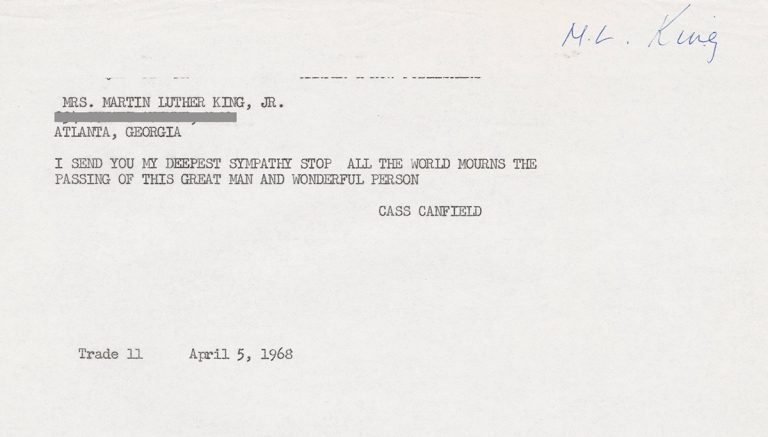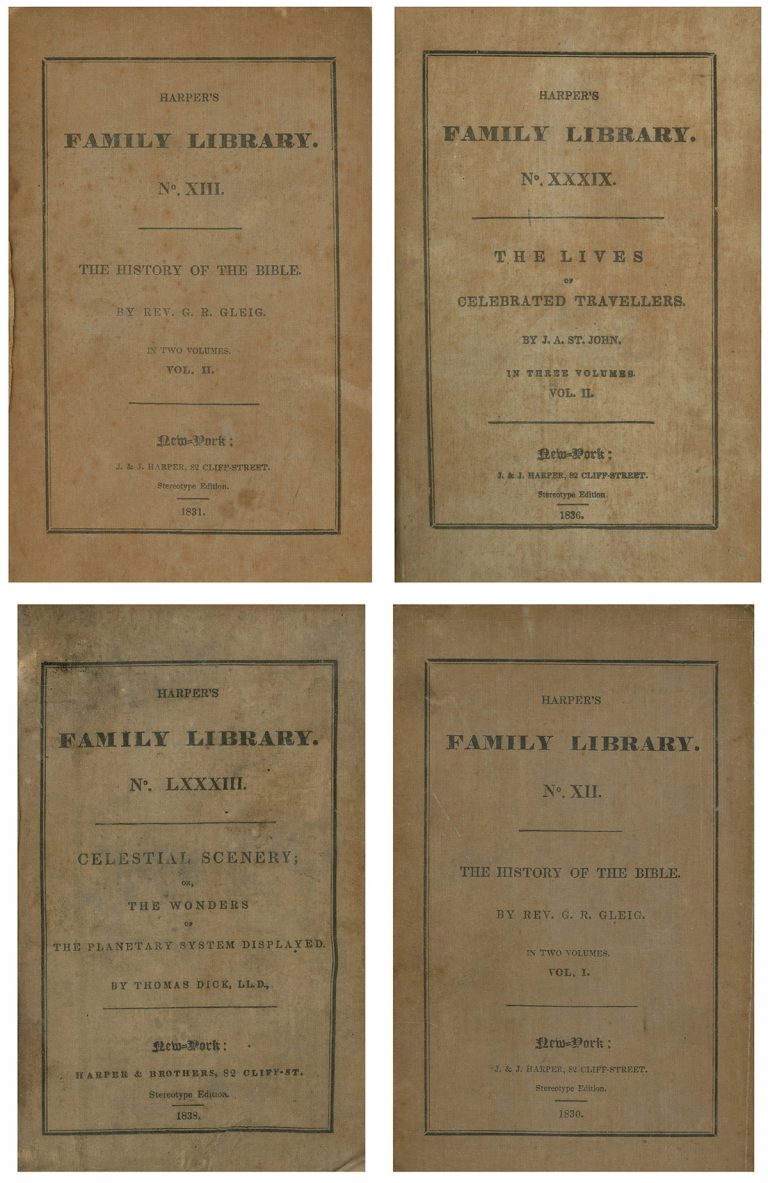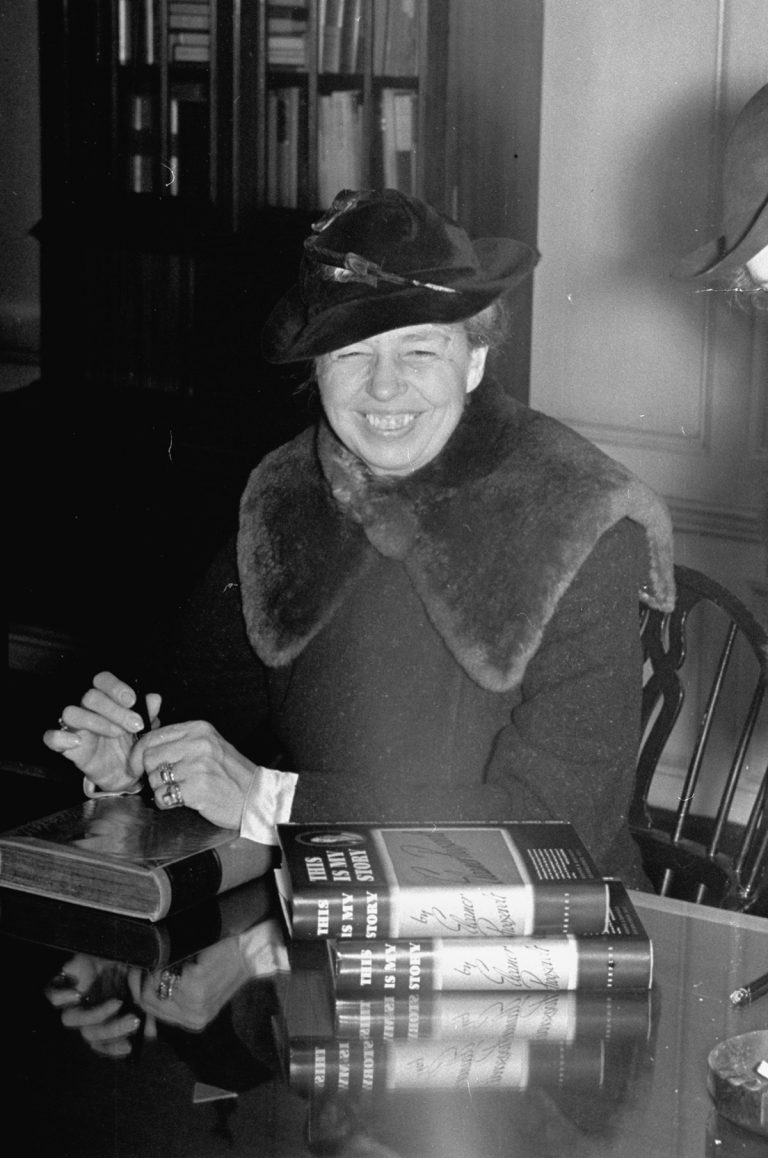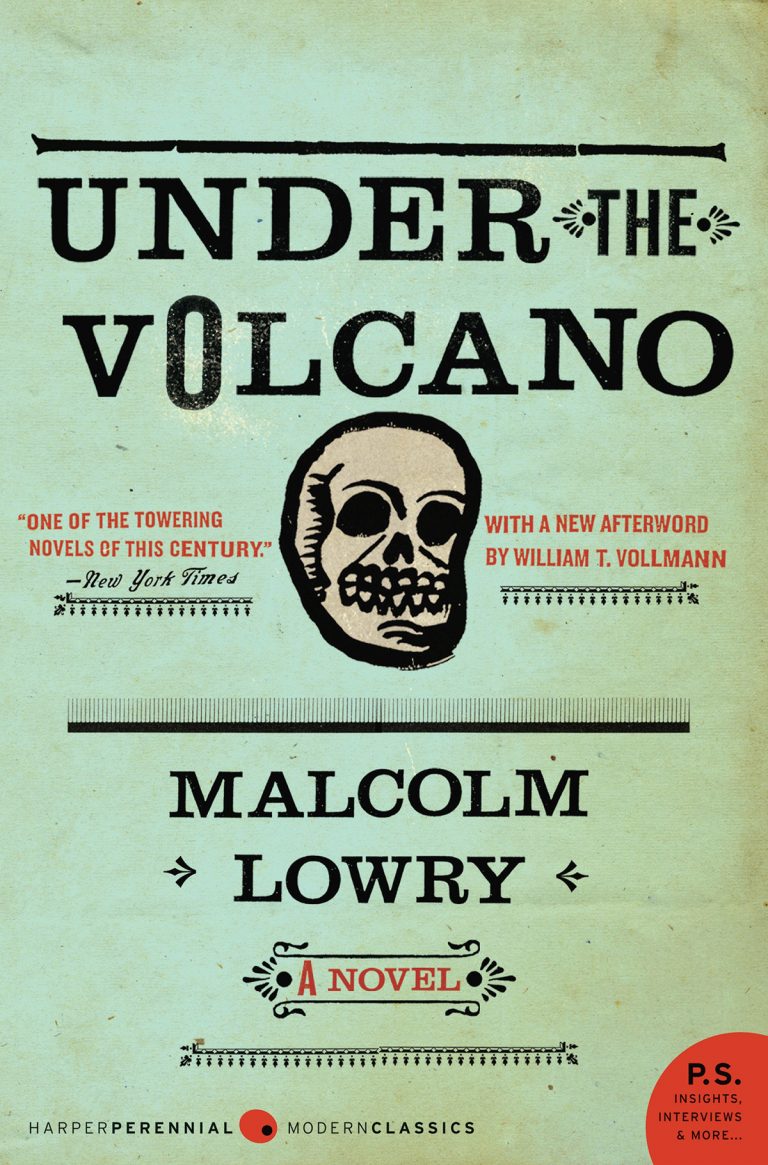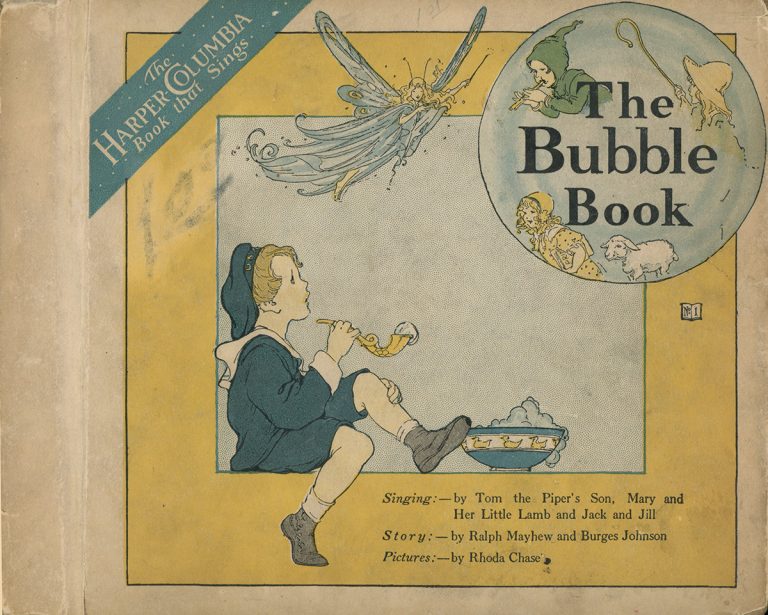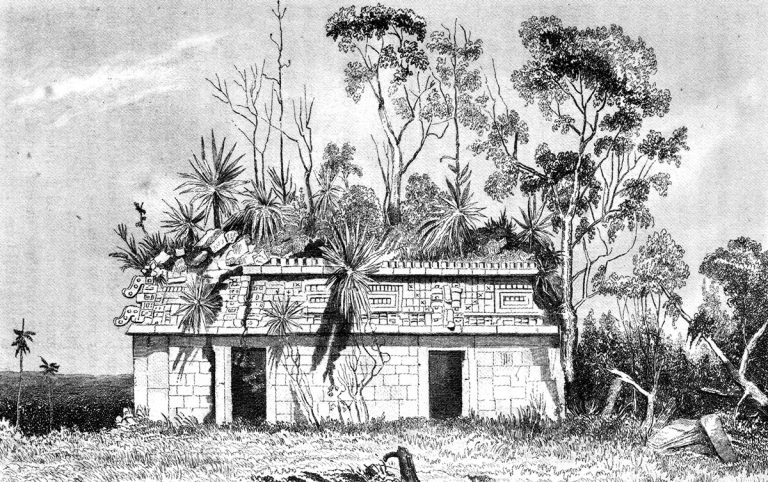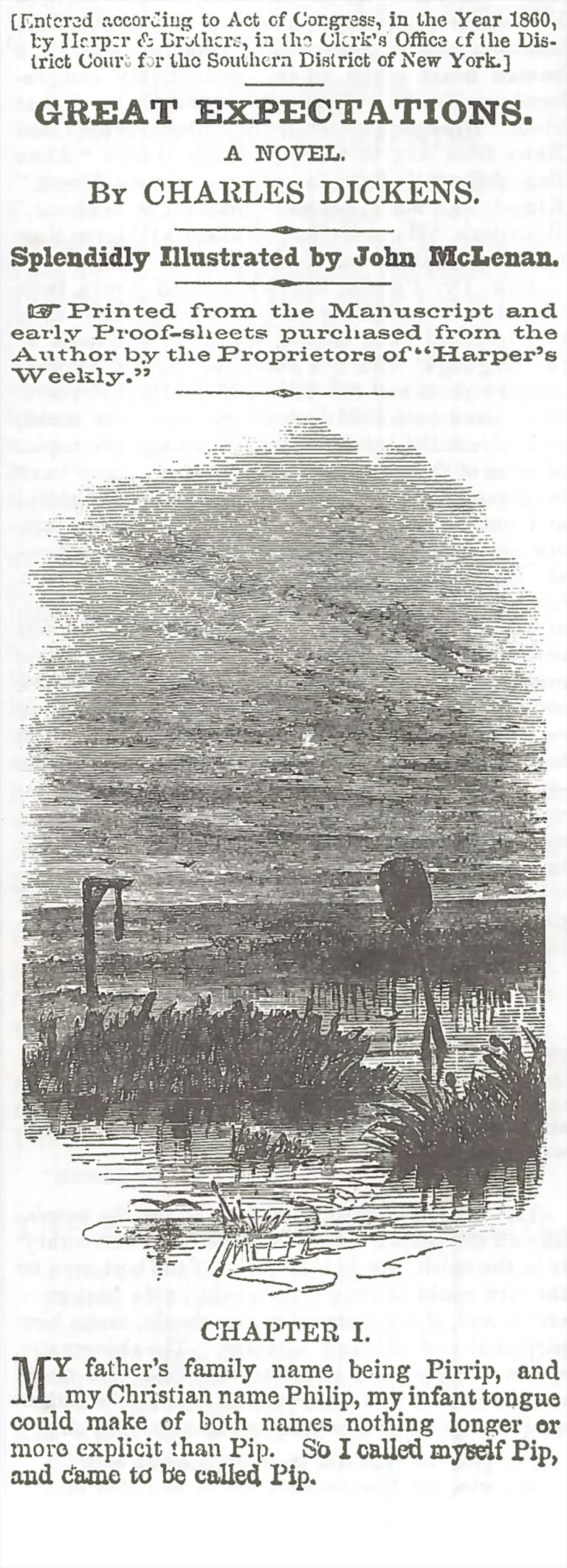Garth Williams, Illustrator
Garth Williams was a little-known but talented young illustrator when he was commissioned by Ursula Nordstrom, head of Harper’s Department of Books for Boys and Girls, to illustrate the classic Stuart Little by E. B. White. More







